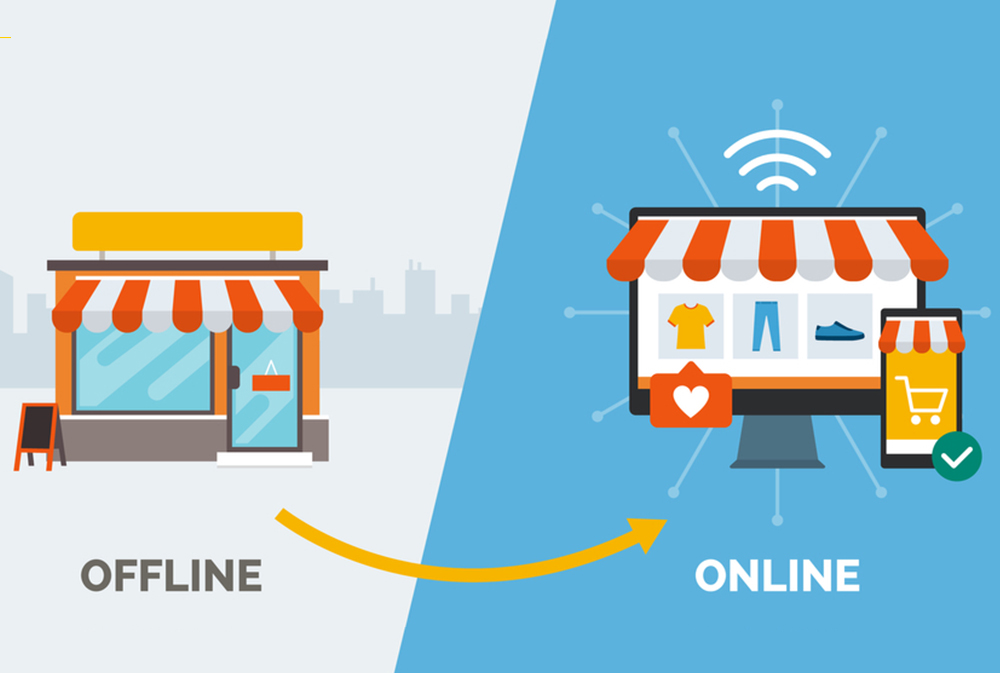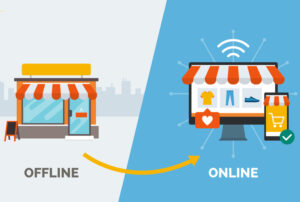Businesses across sectors are facing tough times. However, it is physical stores―the brick-and-mortar establishments that are taking the worst hit. A large number of offline businesses are pivoting to online and with good reason.
COVID-19 has made a huge impact on the global business climate. Tough measures have been implemented and forced isolation has made it difficult for brick and mortar stores to function.
While a large number of businesses are moving online, some are still grappling to find answers. How will moving online be helpful? What would be the long-term benefits? Where to get started?
According to research, 45% of small and medium businesses don’t have a website, over 70% of businesses are transitioning to ecommerce, and 71% of businesses are trying to catch up with the rising demands of customers. On the bright side, 41% of businesses are making the most out of the pandemic by maintaining and increasing their presence online across all channels.
Why omnichannel is important
The fear of getting infected has made people hesitant to step out, and a large number of customers have moved to online shopping. This is a good opportunity for offline retailers to invest in growing their online presence and orchestrated an omnichannel experience. Businesses that take advantage will increase customer trust and successfully bridge the gap between offline and online experiences. A planned omnichannel strategy will be rewarded with customer satisfaction and long-term loyalty. According to a report, 63% of customers use their mobile phones for research and purchase, 56% of customers want a shared cart across all channels, and 79% of customers want personalized service from brands. Businesses no longer depend on just one channel, as they have diverse channels to reduce risks.
Small retail
Small retail stores or specialty retailers without ecommerce in the food and grocery industry have taken a hit during the pandemic. They are struggling with resources ─ workforce, physical, and digital. They either plan to take their business online or use third-party mediocre service providers. Nobody knows when exactly the pandemic will come to an end. Till then, it is very important for these businesses to take their online business seriously and focus on making it successful by embracing the latest technologies. Look at it positively; the transformation from offline to online can be highly beneficial even when the pandemic ends, as customer expectations will rise post-COVID-19.
B2B manufacturing
B2B manufacturing companies mostly depend on tradeshows, exhibitions, and third-party marketplaces to build their network and customer relations. B2B businesses without an online presence are going through tough times due to the ongoing pandemic. Such businesses need to adopt digital marketing to open new channels over social media and web platforms and embrace the transformation. This will not only reach the existing but also new customers. Third-party companies like Amazon plan to hire more employees worldwide to fulfill the rising demands of customers. B2B businesses relying on such marketplaces have an added benefit of increasing their presence in the online market. Most B2B consumers expect their interaction to be convenient and easy, and this is one of the best ways to do that.
Distributors
COVID-19 has rapidly changed the industry, and it’s about time distributors emulate and embrace digital technology, tactics, and ecommerce solutions. Though offline distributors are known to provide good customer service, the digital era prefers a great customer experience and service online. Distributors need to develop an ecommerce platform to reach a wider audience, increase usability, transparency, and attractiveness.








